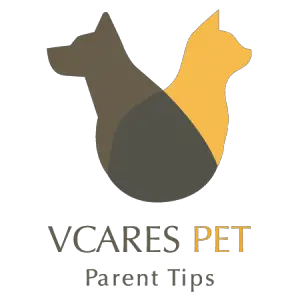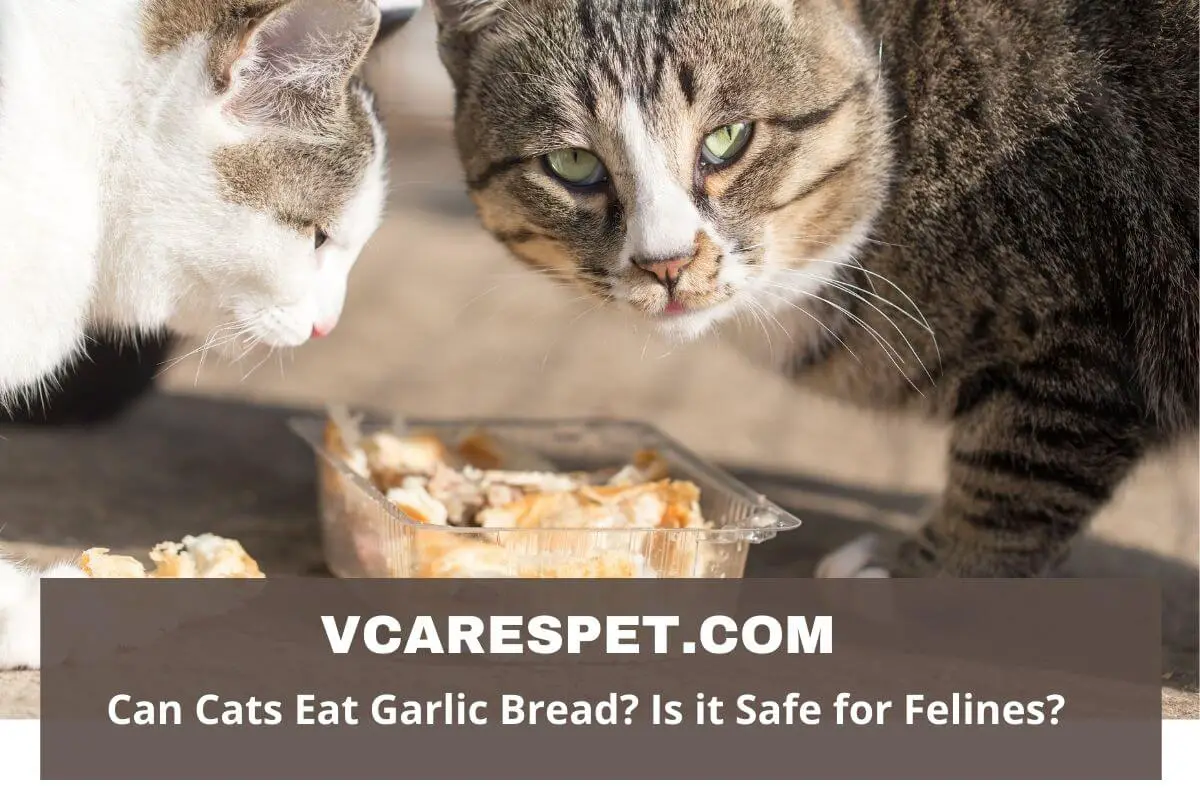You may love to eat garlic bread. It is also your top favorite food. Does your cat meow while you enjoy eating? Does the cat beg for a bite of your food?
If you let them garlic bread, you might be worried the garlic bread will make your cat sick? If so, you’ve come to the correct area.
Can cats eat garlic bread? Yes, cats can eat garlic bread but in a small amount. Too much garlic bread can be harmful to your cat.
In this article, we’ve put together some information about garlic bread and it is what you need to know before letting your feline. Let’s get started!
What Is Garlic Bread?
Garlic bread is a type of bread that’s topped with garlic. It may also contain olive oil, butter and other spices.
After that, the bread is toasted or baked until it is light brown and is crunchy.
Garlic bread is a top favorite treat for people around the world.
Is Garlic Bread Safe For Cats?
Bread is Ok for cats to eat. The problem is the garlic in the bread. It is not safe for your cat’s health at all.
Garlic is a type of Allium family, which includes garlic, onions, leeks, and other. Cats are toxic by all plants in this family.
It contains a compound called “thiosulfate” that is harmful to cats. In severe cases cats can even lead to organ failure or death.
It is Okay to feed them with small amounts of garlic bread. Otherwise, garlic can cause severe health risks for them.
How Much Garlic Is Toxic to Cats?
According to Dr. Ahna Brutlag, the toxicity of garlic is five times stronger than onions.
As garlic is more concentrated than onions, therefore even a less than one clove of garlic can be toxic to cats.
However, the level of toxicity of a certain amount of garlic dependent or varies on cat’s weight, breed and previous prior health history.
Why is Garlic Toxic to Cats?
Garlic is a species of the Allium family includes garlic, leeks, onions, shallot and chives.
They contain compounds called “thiosulphates” and “disulfides” which can be toxic to cats, if they are ingested.
Some cat owners feed garlic to their cats because they believe it has medical properties, such as preventing heart disease and fleas.
In fact, garlic’s compounds enter your cat’s bloodstream and begin to break red blood cells, causing hemolytic anemia, a life-threatening illness.
Symptoms of Garlic Poisoning in Cats
It is important for owners to note your cat’s symptoms. The problem with garlic is that its effects slowly. It may take several days after your cat eats garlic. By the time symptoms show up, it depends on your cat’s system.
Symptoms of this condition include:
-
Diarrhea
-
Vomiting
-
Anemia
-
Increased heart rate
-
Jaundice
-
rapid breathing
-
lethargy
-
pale gums
-
Difficulty breathing
-
Drooling or hypersalivation
Your cat also could develop abdominal pain and discolored urine, while vomiting and diarrhea may appear within a day, or it may take several days to a week after they eat garlic for symptoms of anemia to appear.
What to Do If Your Cat Overate Garlic?
If you noted that your cat overate garlic or garlic bread. You can follow the following steps:
-
Stop Your Cat’s
If you’ve found out your cat has eaten more garlic than they should. You must keep it out immediately. They may be confused to decide what is good for them.
However, as your cat owner it is all about your responsibilities. You must keep an eye on them. Especially when you are prepping meals and do not leave cloves in your cat’s reach.
-
Contact to Your Vet
If your cat starts to show symptoms as above, you may be worried about them. To be sure, contact your veterinarian right away.
Your veterinarian will guide you to help your cat with a hydrogen peroxide solution to induce vomiting. This will help to remove the digested garlic from your cat and prevent further harm.
If your cat’s symptoms worsen, they may need to be admitted to the hospital. In most cases, a treatment termed “oxygen therapy” is required for cats.
Even while your cat may already show symptoms of normalcy, your veterinarian may opt to keep them in the clinic to verify that your cat is in a stable state.
Your vet may also recommend at-home care to help your cat recuperate. Make sure your cat’s regular meal doesn’t contain any garlic on their diet.
Healthy Alternatives to Garlic Bread for Cats
Although it is a great snack for humans to enjoy eating, it does not mean every favorite tread of yours is healthy for cats.
Garlic bread doesn’t provide health benefits for your feline. All of the components of it are height, calories and fat.
Instead, you should choose following menu, they are tasty and healthy snack for them. Cats will love it too.
-
Bananas (healthy snack and sugar content)
-
Berries (contain lower in sugar and high in antioxidants)
-
Melon (high in vitamins A & C)
-
Carrots (safe and healthy treat)
-
Pumpkin (has fiber and nutrients that can your cat from constipation)
-
Oatmeal (A lot of fiber, iron and protein).
Can Cats Eat Garlic Bread? The Bottom Line:
All in all, Can cats eat garlic bread? Yes, garlic bread is not toxic to cats. However, it is dangerous if raw garlic cloves are present.
Though garlic bread is harmless to your cat, it is not the best choice for a snack for them. Since cats are strict carnivores, they need to get most of their nutrients from meat-based sources.
No matter what is your cat’s regular diet, adding carb-rich, low-protein garlic bread will not improve their nutritional status.
While a small amount of garlic bread isn’t bad for cats, too much can lead to your cat’s death.

